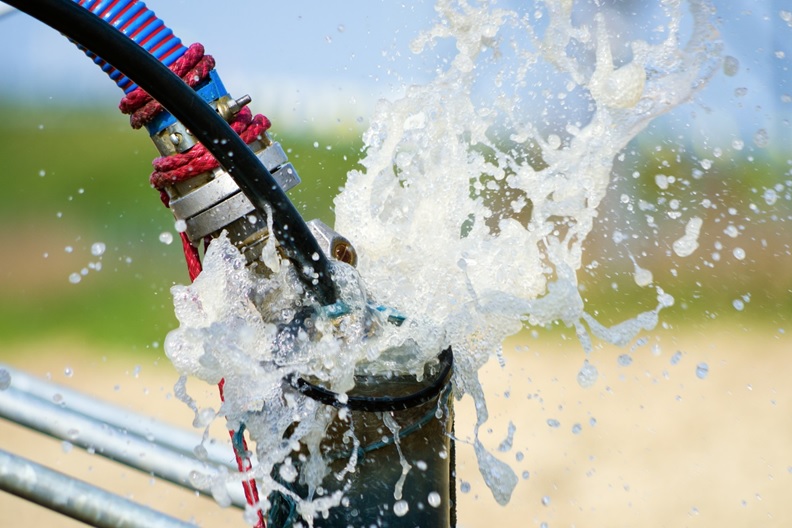For lifelong city or town dwellers, a municipal water supply has always been your primary source of fresh water. Yet, it’s not the only source of fresh household water. Those living beyond the reach of a municipal water supply rely on wells.
If you think it’s a tiny number, think again. Around 15 million homes in the US alone depend on a well.
That means if you decide to build a home away from the city, odds are good you’ll come face-to-face with the water well drilling process. Curious what that looks like in practice and why it’s done? Keep reading for our quick guide to the process of drilling a water well.
Wells and Water
As rain falls over an area, some of it gets soaked up by plants and soil. Some of it becomes part of local bodies of water, such as lakes, ponds, rivers, and streams. Some of that water drops below those surface layers, though.
It slowly trickles down through the soil and rock until it hits a layer where it can’t go any farther down. The water accumulates on top of these impermeable layers and forms sources of fresh water called aquifers.
Water from aquifers is often very clean. So a well taps into that water for household use.
Who Drills the Wells?
The well drilling process isn’t something that a homeowner can take on themselves. It takes heavy equipment for the drilling that requires training to use properly. Ensuring well stability calls for installing a casing.
Improper installation of the casing can let contaminants from the surface, such as a pesticides used on your lawn to infiltrate well water. It can also mean an internal collapse of the well.
If you need a new well for a property, you’ll call a well drilling service.
Water Well Drilling Process
The well drilling company will bring the drilling machine to your home. The machine clears out a deep hole known as a bore hole. This part can take time since they must clear away dislodge dirt and rocks periodically.
Next, they fit the well casing into the borehole. Casing materials can vary based on the needs of your well, but they are typically PVC or steel.
After they place the casing and ensure it’s stable, they’ll move on to installing the pump components of the well. If it’s a new well, they may also need to run piping and electricity from the house to the well.
The process of drilling an industrial water well is virtually identical.
Well Drilling and You
Odds are good that you’ll come across the water well drilling process if you actually build a new house away from a municipal water supply. Existing homes in areas without a municipal water supply will already have a well.
You’ll want to talk with your contractor about local well drilling companies. Contractors who build in rural areas can typically recommend one or more options.
Looking for more home building or home improvement tips? Check out the posts in our Home section.








